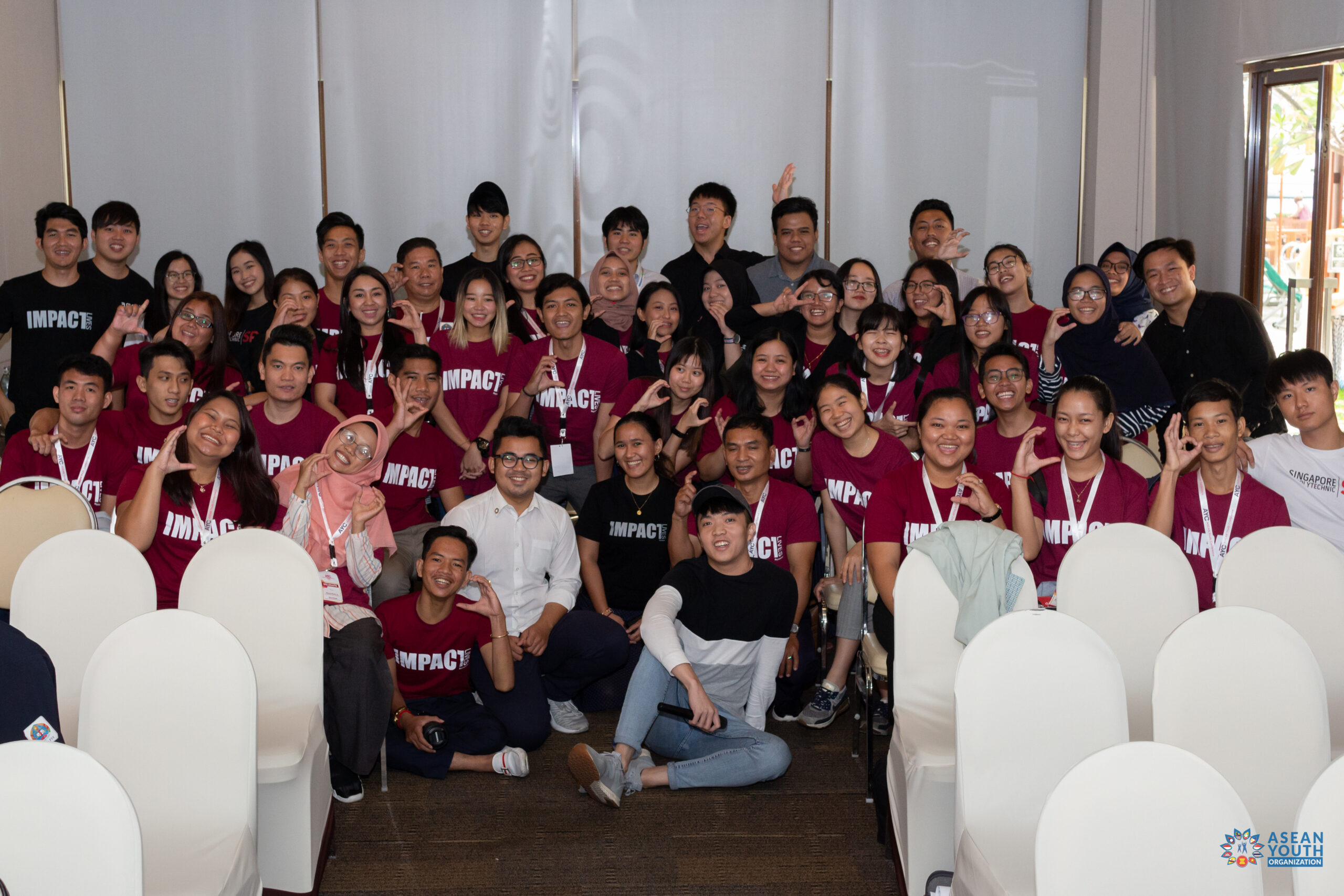The ASEAN Plus Three (APT) is a cooperative framework composed of the ten ASEAN Member States (AMS), the People’s Republic
ASEAN Plus Three (APT): Where are We Now?


The ASEAN Plus Three (APT) is a cooperative framework composed of the ten ASEAN Member States (AMS), the People’s Republic

On April 21st, 2021, the European Commission introduced the sustainable finance package, which includes the proposed Corporate Sustainability Reporting Directive (CSRD). This new directive significantly reforms and expands the reporting requirements compared to the previous Non-Financial Reporting Directive (NFRD). As a result, by 2023, nearly 50,000 companies within the EU will be required to disclose information on environmental, social, and governance (ESG) issues.

The aspect of arts and culture in ASEAN has become a significant role in building a closer relationship and understanding between neighboring countries in the Southeast Asian region. Each country in ASEAN has its own unique and disparate culture which holds a special place among the hearts of its people.

According to the World Health Organization (WHO), approximately 260 million individuals in Southeast Asia, which is about one in seven

Education serves as a powerful transformative force in the lives of ASEAN citizens. Inclusive and quality education is crucial for the sustainable development of the region. High-quality education leads to better health outcomes, increased social capital, peaceful and gender-equal societies, and improved job opportunities. It equips ASEAN’s human resources to be resilient, competitive, and prepared for an ever-changing future. Beyond being a driver of social and economic development, education has the potential to enhance ASEAN awareness and foster a regional identity.

Students all over the world deserve to learn in a healthy and safe environment which enables them to learn with the utmost comfort. Things that improve the qualities of education such as, safe facilities for students alike, qualified teachers and professors, and the availability of global scholarships should be accessible to all students including people with disabilities and indigenous students as well. However, these qualities of education are not easy to be fulfilled by every institution.

The ASEAN Economic Ministers (AEM) officially endorsed the ASEAN Digital Economy Framework Agreement (DEFA) study on August 19, 2023, which

ASEAN countries’ geology contributes to its title as the most disaster-prone region amongst other countries in the world. Hence, disasters like earthquakes, floods, and environmental pollution could expose the people living in the Southeast Asian region to become more susceptible to diseases. With the rise of these disasters, as well as the COVID-19 pandemic during 2020, healthcare has become a global phenomenon that is constantly emphasized on ever since.

Although decades have passed and significant improvements have been made for the rights of women, it is a fact that women all over the world are still facing discrimination. This also includes the women in ASEAN as well. Women in the Southeast Asia region who make up over half the population, continue to face challenges such as different kinds of violence as well as discrimination whether it is at a workplace, at home or in a community.

The Youth Development Index (YDI) is an evaluation tool that measures a country’s effectiveness in nurturing its youth in several